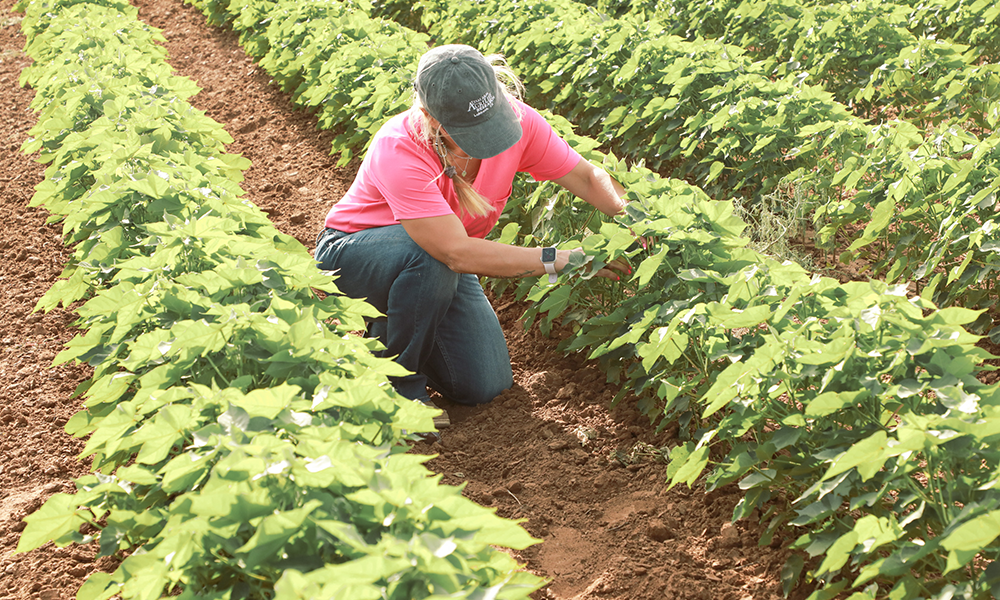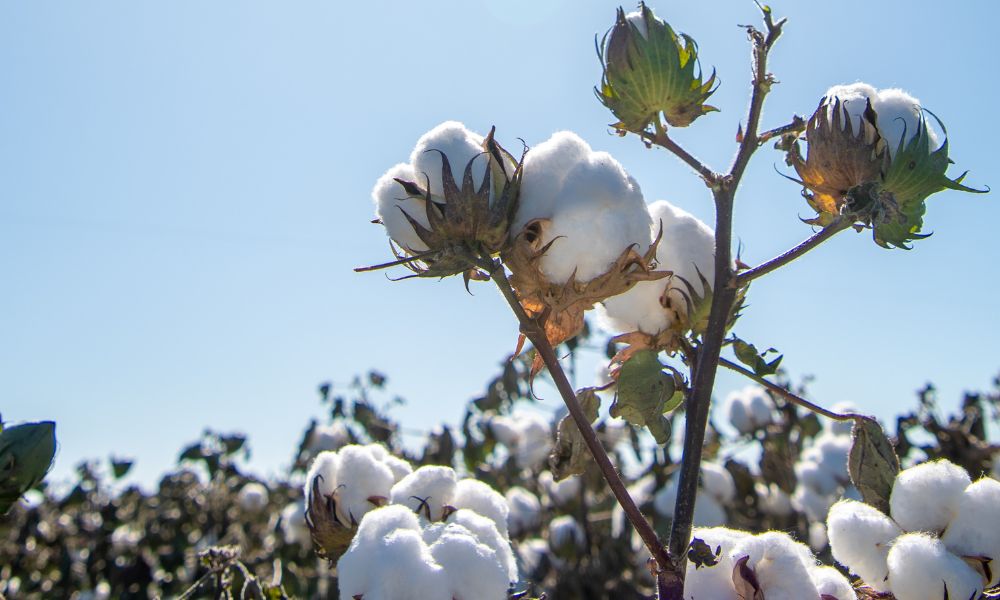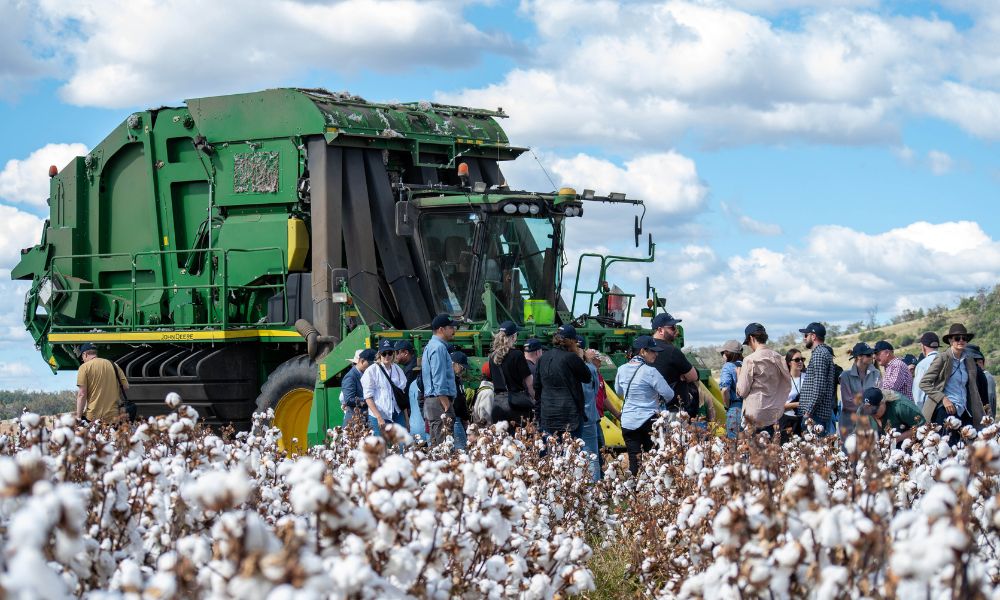Over 20 Million U.S. Cotton Bales Expected
February 11, 2020
One of the largest harvests in the history of U.S. Cotton
U.S. cotton producers are set to pull in a large crop during the 2019/20 season. This was no small feat considering the weather was not cooperative for a combination of reasons — a cold and wet spring meant a lot of late starts; a hot and dry conclusion to the summer dried some fields; and a generally rainy fall made for difficult harvest conditions across much of the cotton belt.
Harvest forecasts faced a series of positive and negative influences throughout the growing season. A major plus early in the year was that West Texas started with a solid amount of soil moisture. This region, which is home to the most concentrated volume of cotton acres in the U.S., is highly reliant on highly variable rainfall. Good soil moisture at the onset suggested yields in the region could be strong, and this optimism led many projections last spring to suggest a harvest near or exceeding the record of 24 million bales.
In other growing regions, wet soils caused a late start and raised concerns. As the season progressed, other challenges included hot and dry conditions late in the summer as well as a rainy fall. These developments pushed harvest expectations away from the record.
Timing is everything when it comes to harvesting, and despite a series of weather-related challenges, farmers still made this year a great one for cotton.
Thanks to innovative farming practices, U.S. cotton farmers were able to produce an abundant harvest — only in five other years has the U.S. crop surpassed 20 million bales.
The past few months have brought more change to market expectations. Trade tensions have eased and U.S. harvest forecasts have decreased, and this combination has enabled some recovery in cotton prices relative to the lows marked in August and September.
Uncertainty surrounding the evolution of the trade dispute and a slow global macroeconomic environment present demand-related and pricing challenges. With the large U.S. crop, there has been pressure on export sales to prevent a significant accumulation of inventory, which could weigh on prices.
For insights on the trade dispute and its effects on cotton prices, watch this webinar, The Tariff Dispute & the Cotton Supply Chain.
Despite these challenges, the outlook is good both for exports of current U.S. cotton industry and for cotton planting this spring. Projections show that farmers are only planning to reduce overall acreage by about 10% for their next crop and the world can look forward for another successful harvest in 2021.
The work we do is possible because of collaborations with researchers like these and partnerships with people all throughout the value chain. Ready to commit to sustainably produced cotton? Become a Cotton LEADS partner today. Interested in doing even more? Contact us for ideas to get the most out of sustainable cotton and your partnership with Cotton LEADS.













